The Princeton Companion to Mathematics, edited by Fields Medalist Timothy Gowers, is an indispensable resource offering nearly 200 entries by leading mathematicians. Covering fundamental tools, modern developments, historical context, influential mathematicians, and interdisciplinary applications, it provides unparalleled depth and breadth in exploring the world of mathematics.
Mathematical Methods for Physics and Engineering, Third Edition, is a highly acclaimed undergraduate textbook featuring over 800 exercises and comprehensive coverage of mathematical concepts essential for physical science courses. With new chapters on special functions and practical applications, accompanied by a solutions manual, it caters to the diverse needs of students and instructors in the field.

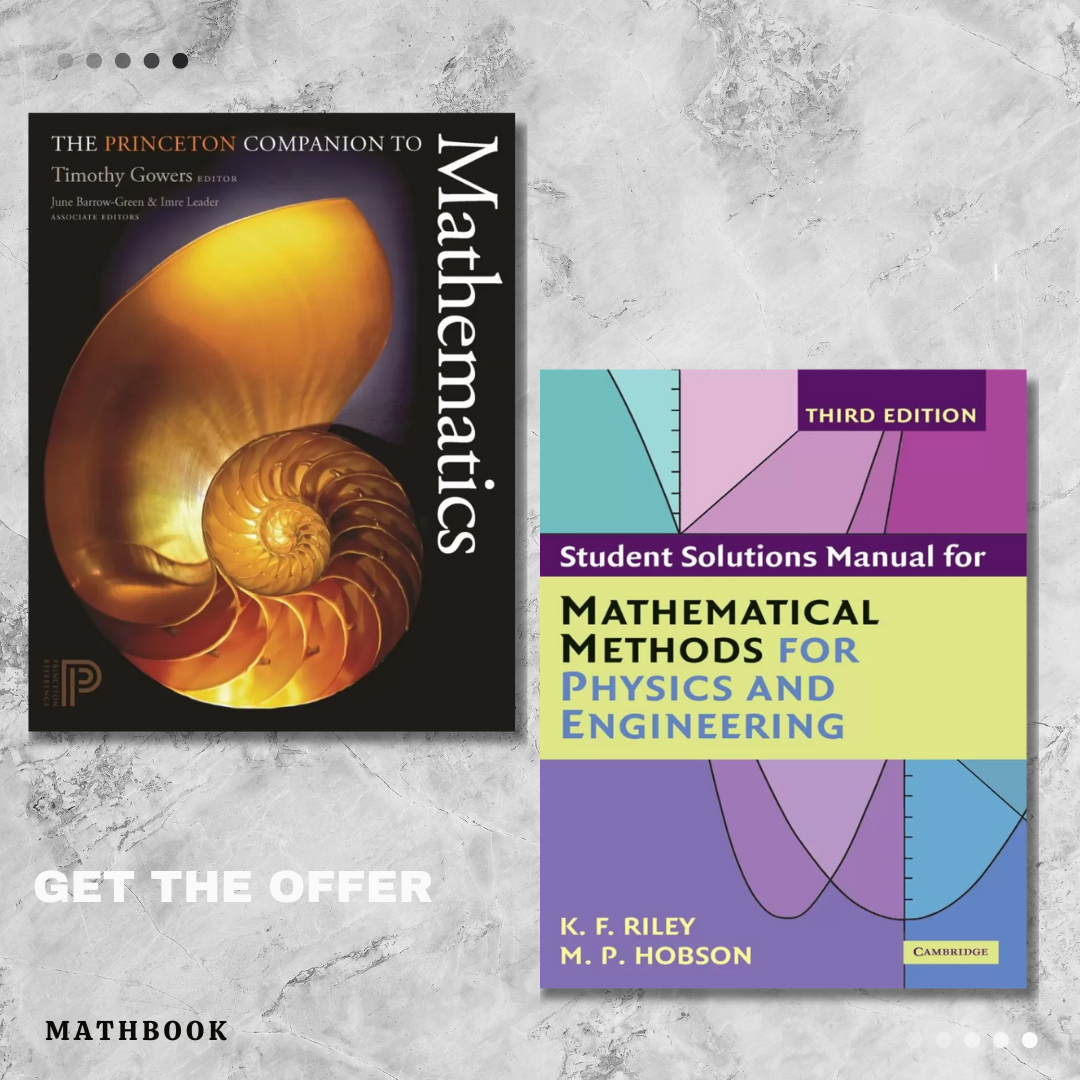

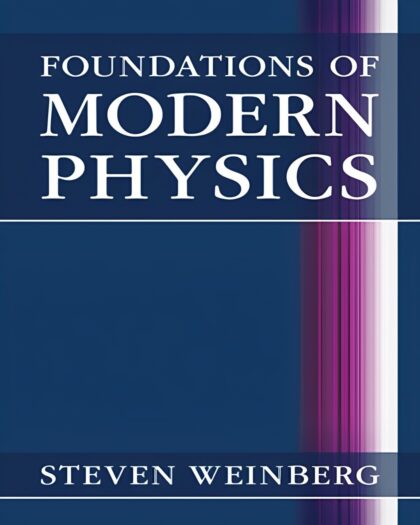
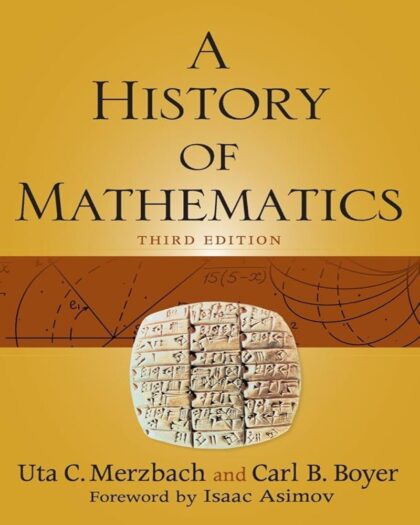
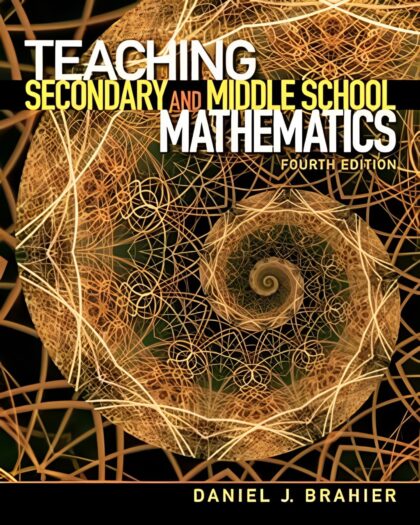

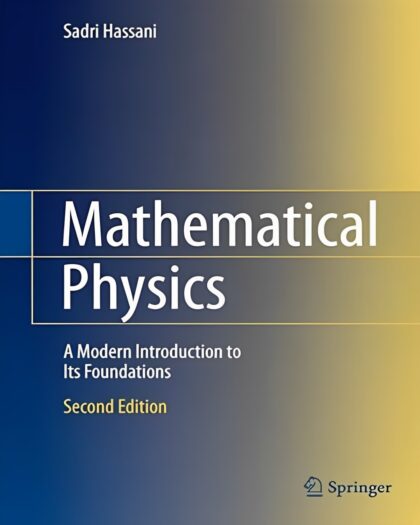

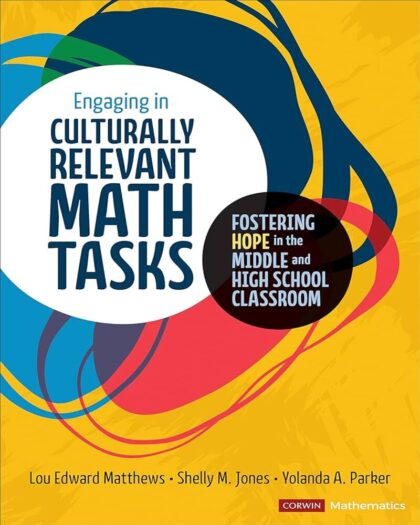
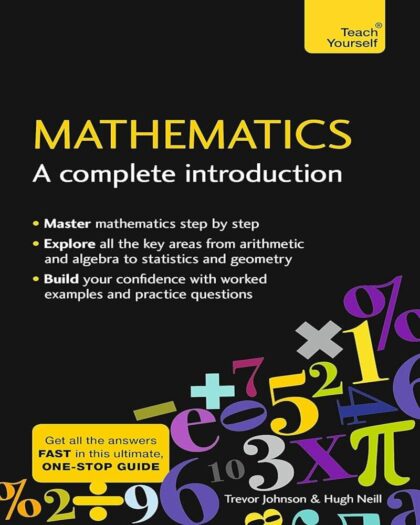
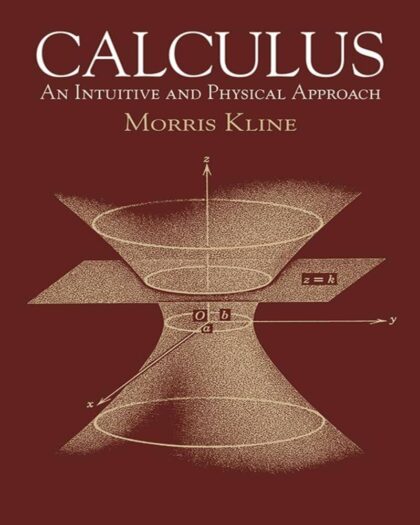

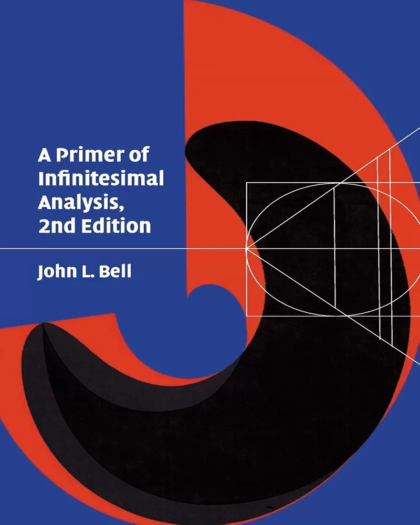


field of math.
However, in part one, the editors refer to each tidbit about math as "very important."
When everything is "very important," nothing is.
Once you get past part one, it is well-written and informative.
Then I ordered from "ZubalBooks. Since 1961. Cleveland, Ohio" and they delivered timely and in a professional manner.
Some might say you should make the investment and get a book on the topic you want to know more deeply. Yes, I could buy a book about algebraic geometry. Indeed, I did. But, typically, a book requires a pretty big investment of time and focus to work through. And, without the intuition up front, it isn't clear that the payoff at the end will be worth it.
The Princeton Companion fills the gap. The focus is on providing a "feel" for topics ranging from elementary to very advanced: motivations, simple examples, intuitive exposition. There is not an emphasis on proofs or completeness. One aspect I really like is that for any particular topic at random, it typically contains the full range of the topic (from simple to advanced), so that no matter what your current understanding is, you can find a place within the narrative to connect with the material and then go from there. The authors seem to have taken the view of extreme editing, leaving out as much as they can, so that what they leave in is a kind of distillation of the essence of each topic. What is left is fairly well integrated. As a result, reading it is like being on a grand tour of mathematics: You get to sample the best restaurants, see the most beautiful art, wander the nicest shops, without having to commit to living there full-time.
Why such high praise? Simply put, the PCM gives a single-volume overview of all of pure mathematics, with a clarity and coherence that cannot be found anywhere else. To be sure, there do exist several good books on the history of mathematics that give a good overview of elementary mathematics and introduce the reader to some of the great mathematicians of the past. There also exist excellent "popular science" books by writers such as Martin Gardner and Ian Stewart, that explain selected topics in advanced mathematics to the lay reader in an engaging and clear manner. And there are also encyclopedias (including Wikipedia) that delineate the main branches of mathematics and give succinct definitions of all the main concepts. But only the PCM does all of these things at once, in only a thousand pages.
The PCM is all things to all people. If your mathematical background is limited, you can still learn a great deal from the more elementary sections of the book, as well as from the biographical sketches of nearly a hundred famous mathematicians of the past. At the other end of the scale, even professional mathematicians will learn something from the articles on branches of mathematics other than their own specialty. Gowers made a systematic effort to find contributors who are not only world experts in their subject, but who write extremely well. He also forced the contributors to write in as accessible and elementary a manner as possible. The result is that even highly abstruse areas of mathematics are explained here with a clarity that is difficult to find anywhere else in the mathematical literature. The PCM is thus especially valuable to mathematics majors and graduate students.
Despite the ambitious scope of the book, it retains a strong sense of unity and coherence, by consistently emphasizing the forest rather than the trees. It also gives the reader a holistic view of mathematics by devoting different sections of the book to different perspectives on the subject. For example, one section organizes mathematics by sub-discipline, while another section highlights the main results and open problems of mathematics, while yet another section picks out the most important concepts. By putting all these aspects together in one volume, the PCM gives the reader a bird's-eye view of the whole subject that is not available from Wikipedia or from a shelf full of popular books on disparate topics.
The PCM is so well-written that it can be read either cover-to-cover, or browsed at random, or consulted as a reference when needed.
One word of warning: As Gowers himself notes, the book would be more accurately titled, "The Princeton Companion to Pure Mathematics." While applications of mathematics to other fields are touched on briefly, Gowers consciously limited the book primarily to pure mathematics, in order to keep the scope of the book manageable.
Should you still have doubts about the book, you can browse parts of the book for free: Selections from the book may be found at the book's official website, and many of the contributing mathematicians have posted their own sections on their own websites (you can find these easily using Google). And for more reviews of the book, see Gowers's blog.